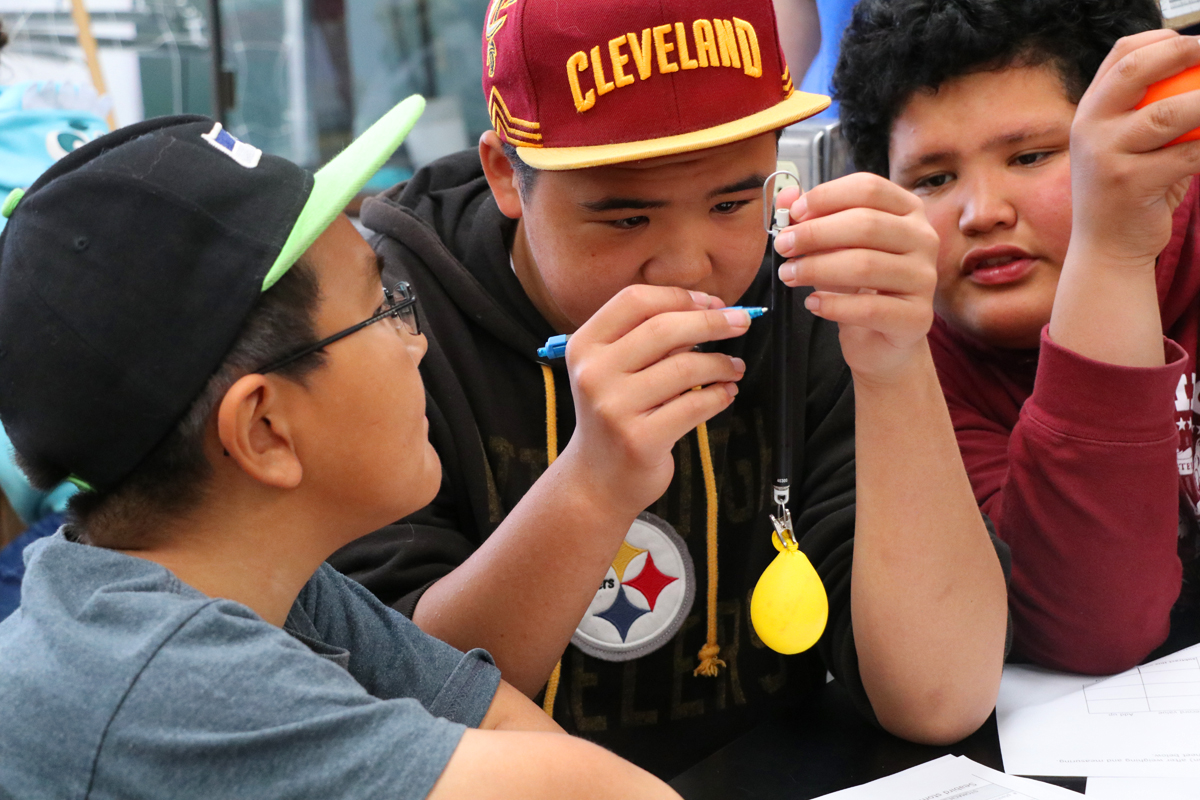A wet and wild Bering Sea morning greeted us on Wednesday. Not good weather for a three-hour field trip, even with great raingear. We made a last minute decision to switch up the schedule and go with a bunch of fun indoor activities instead.
We started the day with a conference call with a Marine Biology professor and her graduate student from University of Alaska, Juneau. They had a lot to tell us about important information that they can gather from fish stomachs, but they also seemed very interested in everything we found in our halibut stomachs yesterday.
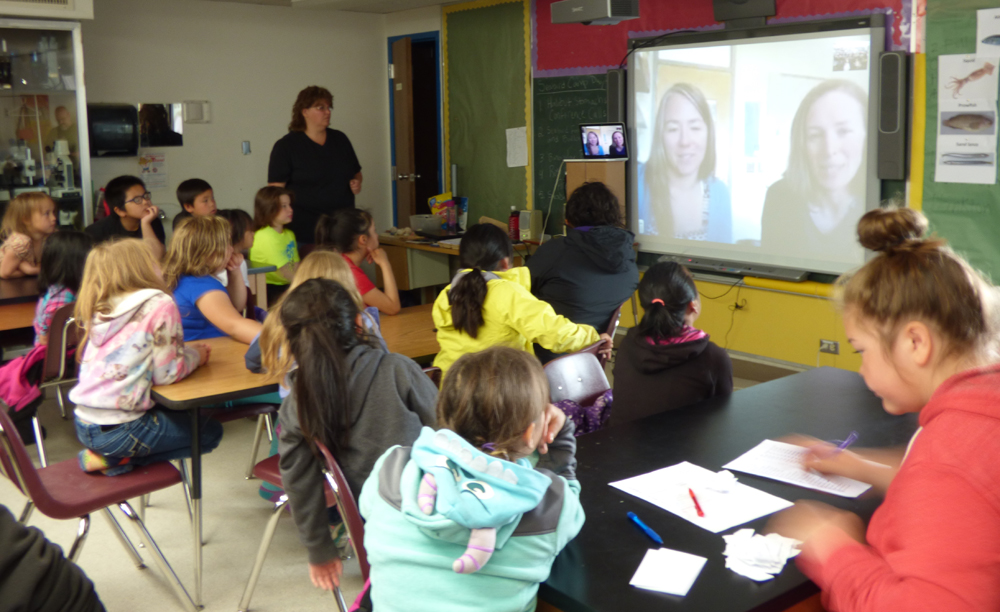
Next we looked at seabird bill loads and tried to identify each prey item. First we determined if the prey items were vertebrates or invertebrates, then we used a handy wall-mounted guide to identify the food to species. It was amazing how well the campers were able to identify the fish and invertebrates that each bird carried.
After studying bill loads it was time to cut open some simulated seabird stomachs to see what our seabirds are eating. We also wanted to study the quality of their meals. After weighing and measuring our stomachs, we popped the belly balloons and studied the contents. Each prey item scored points based on how good it is for seabird energy. “Cod” were worth 5 points. “Squid” 10 points. “Sandlance” 20 points. Each piece of plastic is worth NEGATIVE 10 points! The highest score was 105 points and the lowest was -10. We all thought this was a great activity and it’s sure to be a favorite for years to come. And since we worked with balloons and candy instead of real stomachs, no seabirds were harmed in conducting this study.
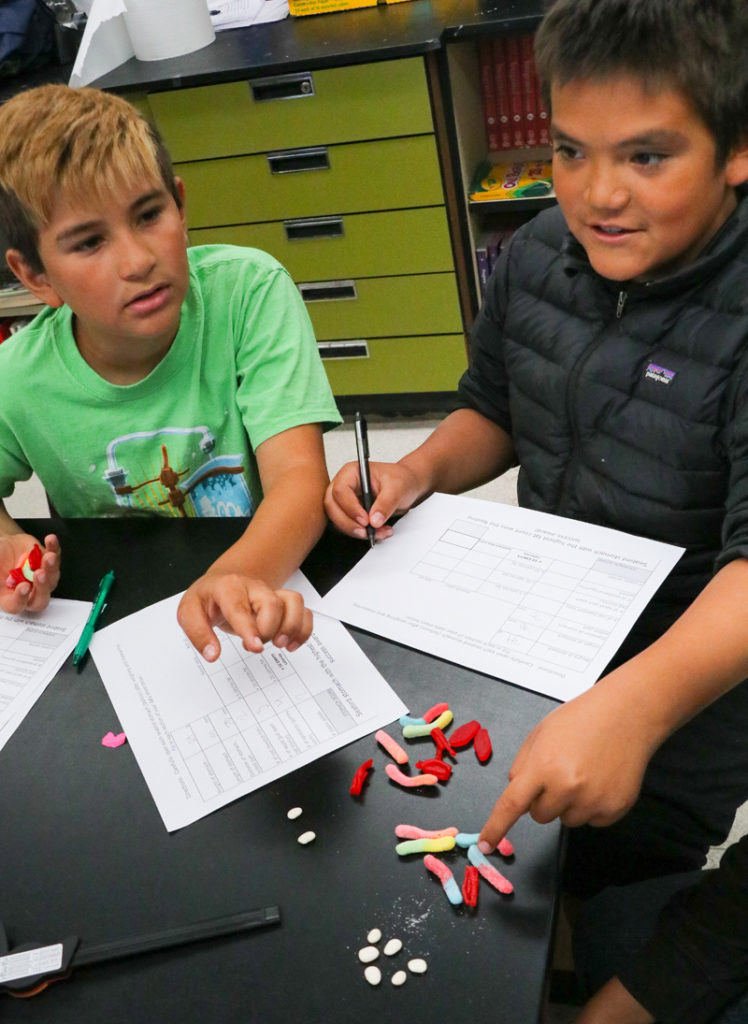
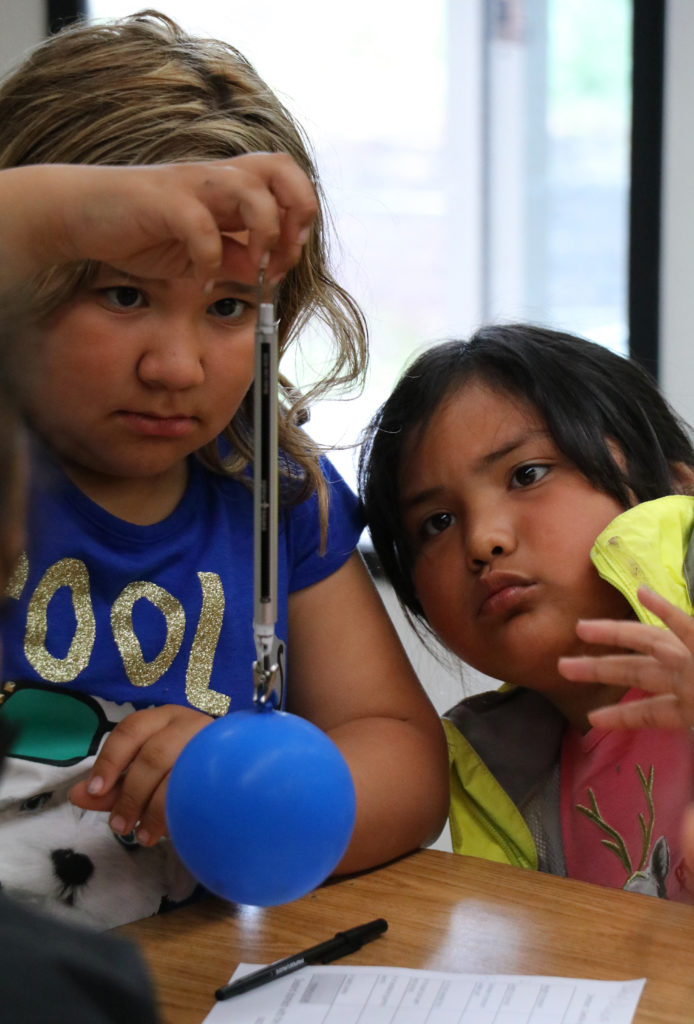
We made our way up to the Rec Hall for Seabird Bingo and play rehearsal. After a lesson in binocular use, the campers were able to spot seabirds all over the huge room. Each bird has a letter and number on its bird band. These codes went down on the bingo cards until we had our winners!

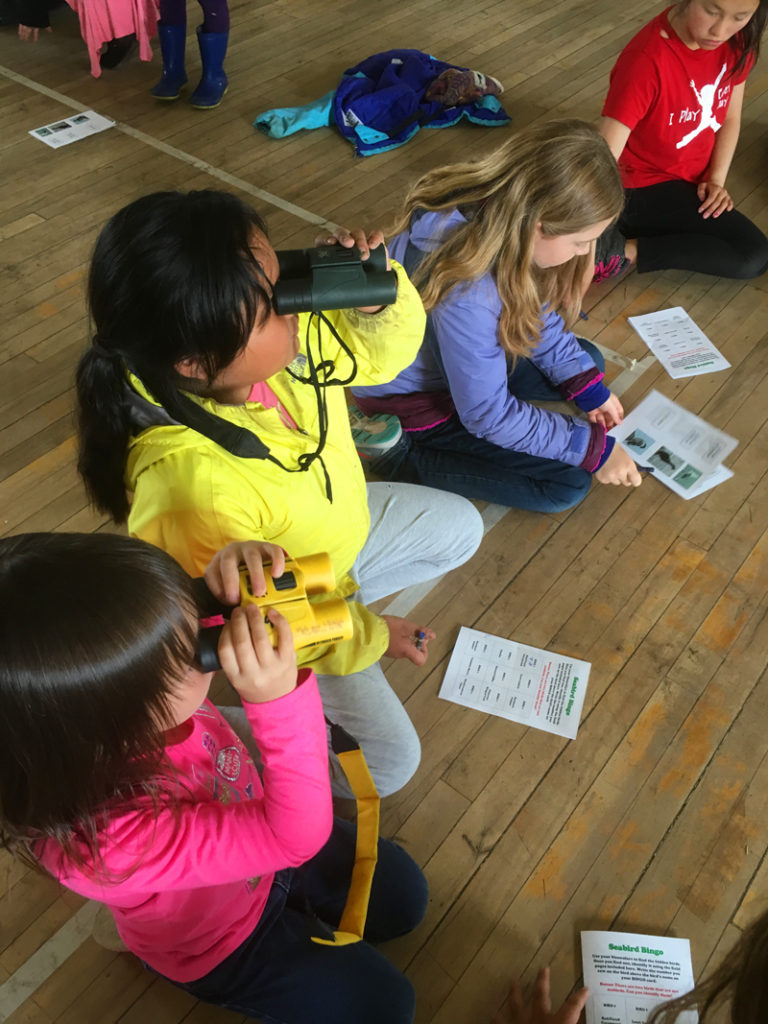
“Rosy the Forgetful Finch” is a play that covers the different foraging styles that we learned about this week. Our first rehearsal went pretty well, but we still have some details to work out. We will do our dress rehearsal on Friday and get ready to entertain all of the grown-ups on Saturday with our big performance.
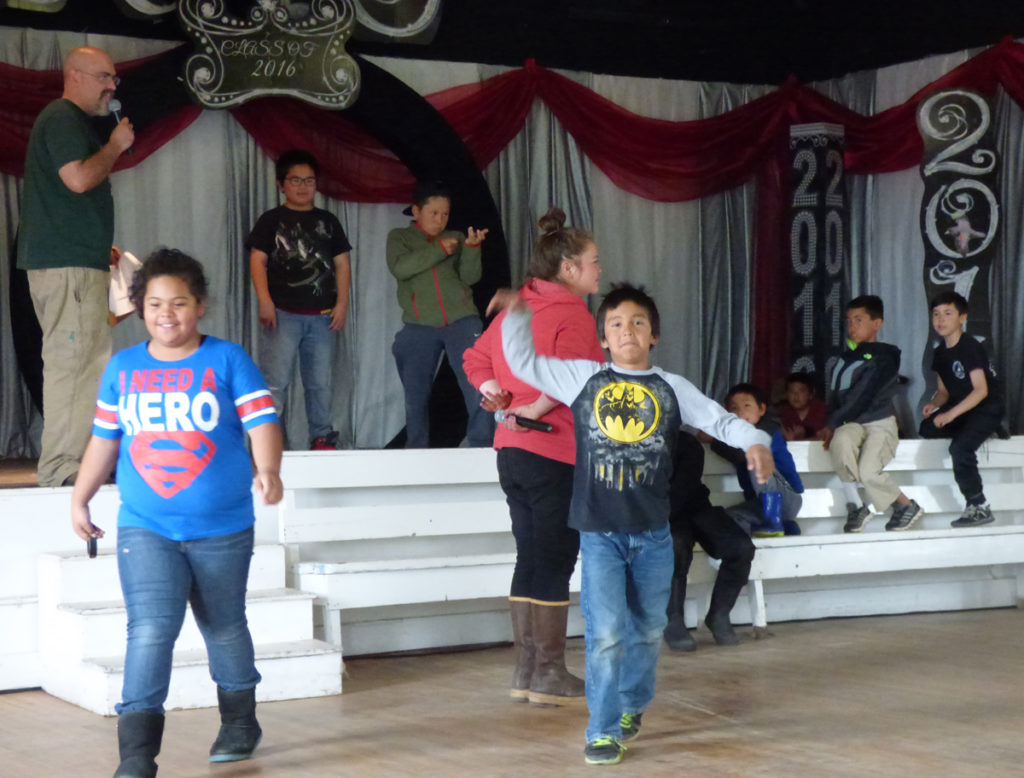
The evening session featured seabird bones that Veronica Padula brought with her from the University of Alaska, Anchorage. Each table assembled skeletons from the trays of bones they were given. They learned a lot about seabird anatomy in the process!
We had another stormy and wet evening for photography, but there were more birds around than last night, especially in the air. Ezra made it his special mission to get some shots of birds in flight, which is always a challenge. He found that the relatively short 300mm lens was best for flight shots. We even had time to take some shots of Northern fur seals at English Bay.
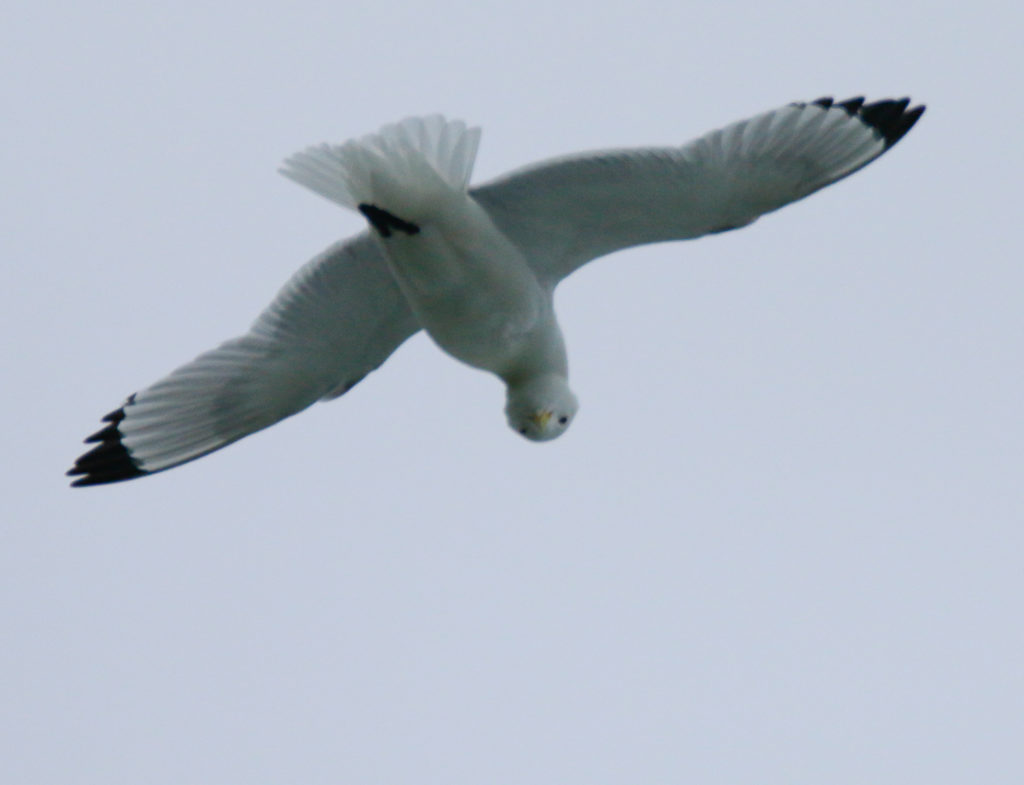
Eye contact with a black-legged kittiwake. Photo by Ezra

